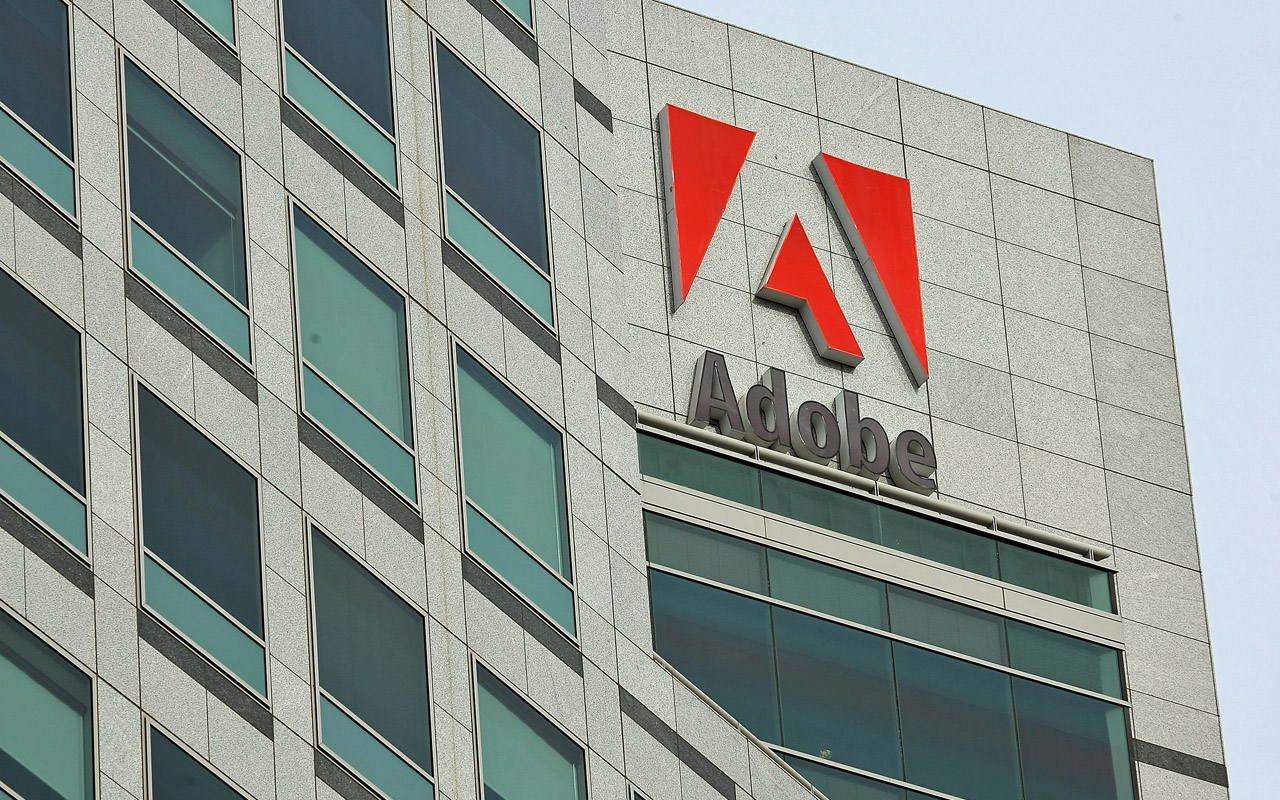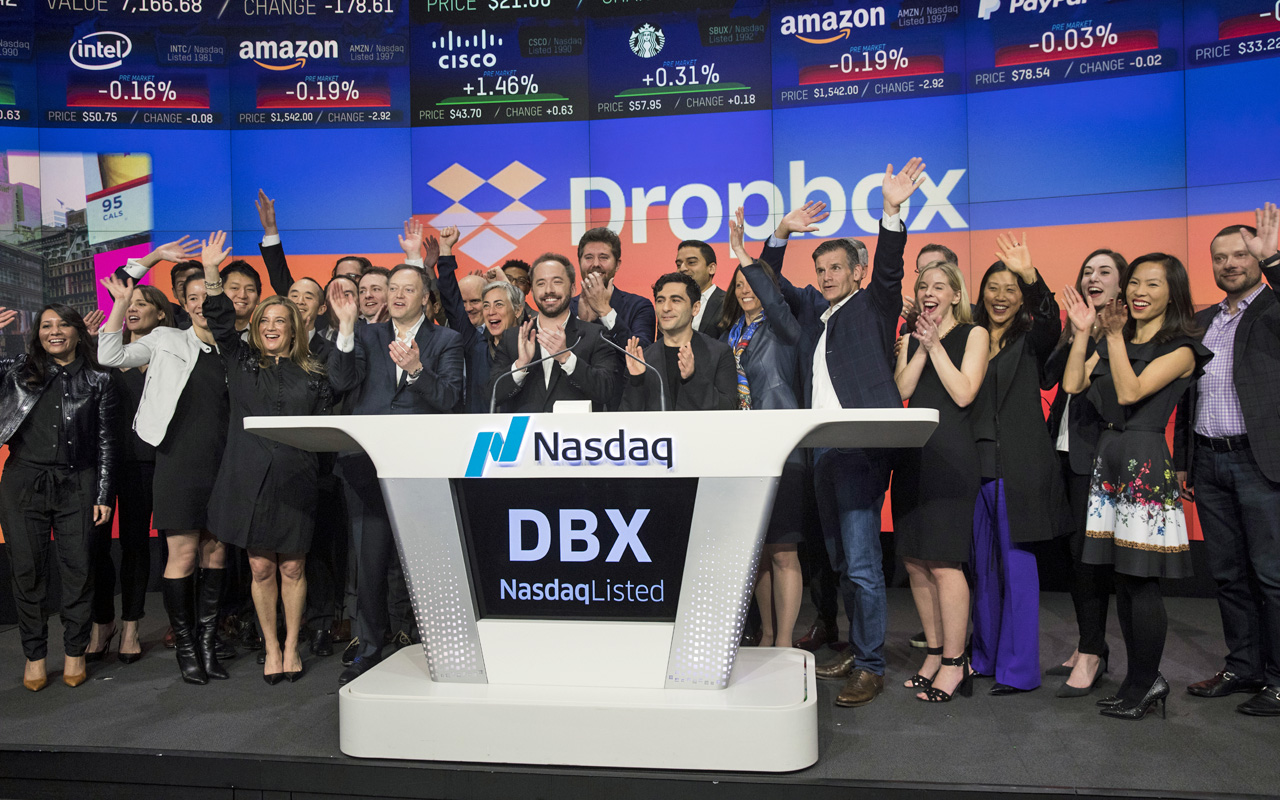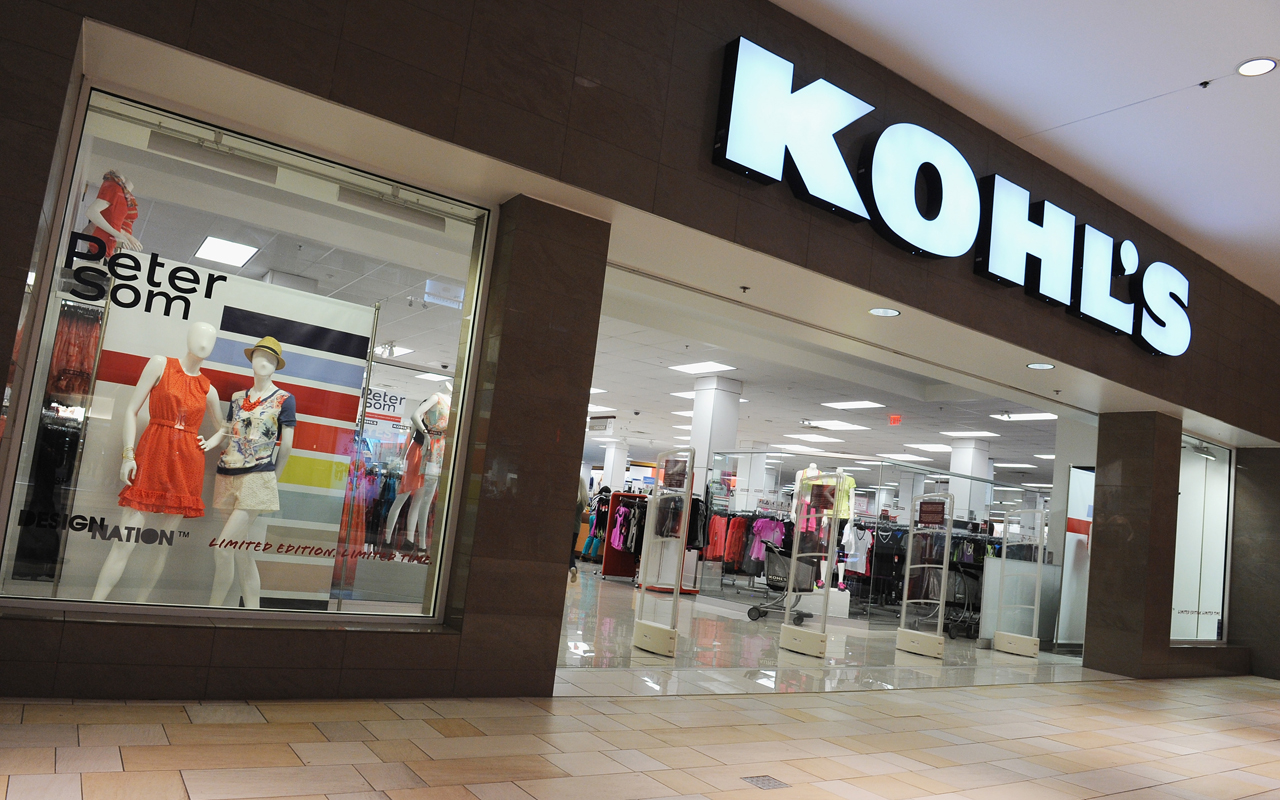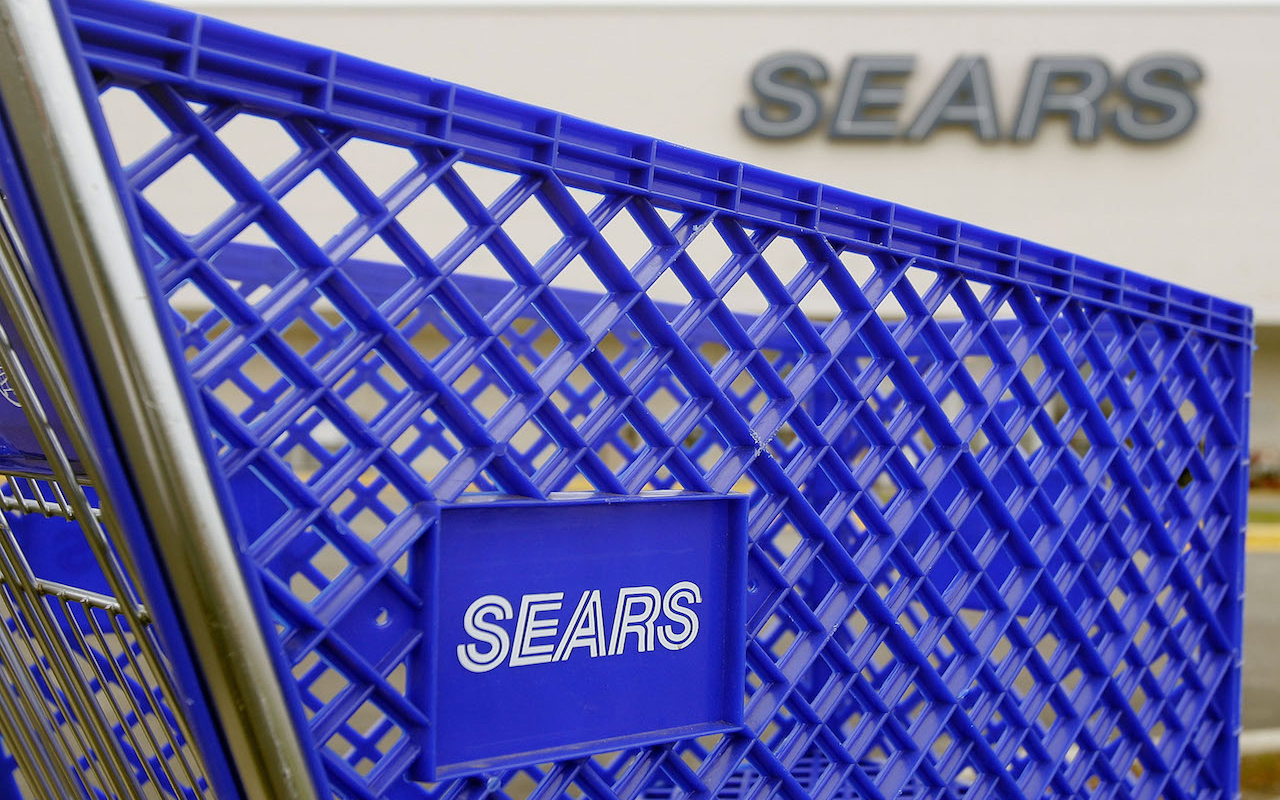10 Stocks at Serious Risk of a Meltdown
When stocks took a sizable hit in early February, it was painful but not terribly unnerving.


When stocks took a sizable hit in early February, it was painful but not terribly unnerving. Most investors innately knew the market was overextended and in need of a pullback. Waiting the weakness out still felt like the right move.
And it was. By mid-February, stocks were on the mend, resuming the familiar bullish streak that extends all the way back to late 2016.
However, the Standard & Poor’s 500-stock index is facing its second strong selloff in less than two months. The index in fact has plunged below those early February lows, forcing investors to rethink just how resilient the market truly is here. Perhaps the bulls aren’t so eager to renew the broad uptrend as they seemed in mid-February, having been burned for being overconfident not too long ago.
While typically three out of four stocks move in the same direction as the overall market, not all will merely match the degree of a market tumble (if one is in the cards). A handful could easily sell off in a much bigger way, dishing out significant pain. In some cases, these selloffs may just be temporary and even set up buying opportunities in higher-quality stocks. But some situations may be more dire.
Here’s a look at the market’s most vulnerable stocks at the moment.
Disclaimer
Data is as of April 1, 2018. Stocks listed in alphabetical order. Click on ticker-symbol links in each slide for current share prices and more.

Adobe Systems
- Adobe Systems (ADBE, $216.08) isn’t just one of the market’s biggest winners of 2018. It’s also one of the most surprising names of the past several years. This once-great company is bigger and better than ever, having successfully moved beyond PDFs and Photoshop, and becoming a full-blown business-building platform that offers its products via the cloud.
Still, the 63% gain Adobe shares have dished out during the past 12 months have left shares at a frothy valuation; the stock’s currently trading at 56 times its trailing per-share profits.
Some analysts have taken notice, and JMP Securities research analyst Patrick Walravens is one of them. He recently downgraded Adobe from an “Outperform” (equivalent of buy) to “Market Perform” (equivalent of neutral), explaining, “We downgrade our rating on Adobe Systems to market perform from market outperform after the stock has appreciated 21% year to date (vs. flat for Nasdaq), and after it rose 69% in 2017 (vs. up 27% for Nasdaq), leaving the risk/reward for investors balanced and the stock fairly valued, in our opinion.”
It’s hardly an indictment of the company’s prospects. But in a market environment where investors read far more into messages than intended, the downgrade could be interpreted as a reason to start shedding the stock – particularly if other analysts follow Walravens’ lead.

Advance Auto Parts
After hitting a multi-year low in October, Advance Auto Parts (AAP, $118.55) shares have hammered out a 41% gain, largely on hopes that the company would be able to rekindle its growth from yesteryear. Maybe it will. But if it does, Advance must drive its way around not one but two roadblocks.
One of them is Amazon.com (AMZN), which incredibly enough has successfully penetrated the auto repair and auto aftermarket world. The other headwind is the massive number of new cars now on U.S. roads. Although the average age of actively driven cars in the United States has never been bigger, at just under 12 years, we’re also just now coming off a huge seven-year wave of new car sales. Consumers don’t need to perform a lot of maintenance on new cars, and don’t care to invest too heavily on older cars. That largely leaves Advance Auto Parts stuck in the middle.
Investors are counting on a turnaround. But if the next couple of quarters are anything like the last couple of quarters (when year-over-year revenue fell), they may not get anything close to what they’re looking for.

Advanced Micro Devices
The advent of cryptocurrencies isn’t actually a make-or-break opportunity for GPU maker Advanced Micro Devices (AMD, $10.05). The company reiterated just a few days ago, “on our Q4’17 earnings conference call we stated that the percentage of annual revenue related to Blockchain was approximately mid-single digit percentage in 2017.”
But the facts don’t seem to matter.
Advanced Micro Devices’ association with digital currencies, rational or not, is real enough in investors’ heads. AMD shares more than quadrupled in 2016 in step with the surging values of Bitcoin, Ethereum and the like, with the market convinced that demand for graphics processing cards, which are used to “mine” cryptocurrencies, would soar. There was a noticeable bump, but that demand is already fading as cryptocurrency values crater. Bitcoin has lost almost two-thirds of its peak value of roughly $19,000 in December.
Regardless of the truth of the numbers, current and would-be shareholders of AMD are having a tough time ignoring the grim chatter that’s surfaced of late. Susquehanna analyst Christopher Rolland is the most recent observer to frighten the market, downgrading AMD in late March in response to new cryptocurrency-mining competitors.
The ASIC mining chips in question likely will become the new normal in digital currency mining. As more investors understand this looming reality, they may well act on their doubts by dumping AMD – even though it’s only a small part of Advanced Micro Devices’ business.

Boeing
Aircraft maker Boeing (BA, $327.88) is currently on the wrong side of circumstances.
In the grand scheme of things, Boeing’s long-term future looks bright. It has earned a spot on several Kiplinger buy lists of late, with the most recent mention coming in early February, when BA stock was deemed a stock to “buy on the dip.”
However, BigTrends.com president and chief analyst Price Headley thinks such a dip could be forthcoming. He notes, “Boeing rose 89% in 2017 on the strength of the perception of synchronized global growth generating more demand for Boeing’s planes.” However, “But now with looming tariffs poised to cause a potential trade war with China, that expected demand could be diminished as China sends orders to other suppliers like Airbus or Bombardier. That could cause Boeing to hit some rough air until the global trade implications are sorted out.”
That leaves a window of opportunity open for a corrective move, perhaps unwinding last year’s incredible gain and setting the stock up as a buy again after the pullback.

Caterpillar
For the record, Caterpillar (CAT, $147.38) was on Kiplinger's list of six cheap blue-chip stocks to buy posted in mid-March. And his point stands. To recap: Caterpillar’s earnings are expected to rise an average of 20% over the course of the coming five years, and thus its forward-looking price-to-earnings ratio of 13.7 is a bargain by almost any long-term investor’s standards.
That valuation won’t stave off a fear-induced near-term setback, though, as Headley fears.
Headley explains, “Caterpillar ran up nearly 70% in 2017 on the strength of booming construction demand and hopes for greater infrastructure in the U.S. as well.” However, he adds, “The tariffs just announced hit Caterpillar shares particularly hard as the prospect of rising steel prices will increase Caterpillar’s costs to produce their heavy equipment. CAT should underperform its Dow Industrials counterparts as investors look for stocks less affected by these trade concerns.”
It may only be a temporary setback until the dust settles. But that won’t make it an easy setback to simply shrug off.

Dover
- Dover (DOV, $98.22) makes a little of seemingly anything and everything, with a product line ranging from gas pumps to convenience store coolers to printer components and supplies. There’s nothing sexy about Dover, but it’s the kind of low-beta quality name that merited a spot on Kiplinger’s list of the market’s top industrial stocks, published in February.
A bright future down the road doesn’t mean a stock can’t slide lower in the meantime, however. That’s particularly true when said stock is pushing its valuation limits, and shortly after a new CEO has taken over – the case at Dover, which just announced it will install Richard Tobin as chief effective May 1.
Dover shares have proven the premise in the meantime, losing 10% of their value (and hitting correction territory) since their late-January high. They hit a new multimonth low just a few days ago. That weakness may well be enough to spark even more selling, and the less-convicted holders bail out at the early hints of trouble. A bearish backdrop will only exacerbate the problem, even if it’s a problem that manifests for only short-term reasons.

Dropbox
Is it too soon to pick on cloud-based document-sharing platform Dropbox (DBX, $31.25)? After all, it’s only been a publicly traded entity for a few days now. Besides, it’s up 45% from its initial public offering price, and traders still are buzzing about it.
No. It’s never too soon to exercise caution with a newly minted stock, even if there’s more near-term upside ahead.
Dropbox is arguably a more mature, seasoned company than many other technology IPOs that investors have seen of late – Snap (SNAP) comes to mind. But that might not be enough to overcome what has become an almost inevitable outcome for initial public offerings. Four out of 2017’s five biggest IPOs ended the year at values below their initial public offering price. Dropbox could very easily turn into another Snap, which created a lot of hype shortly before and after it debuted, but now is trading well below its June 2017 IPO price.

Kohl’s
The so-called retail apocalypse has been brutal and indiscriminate, taking aim at retailers of all stripes and sizes. Most of them are seeing a light at the end of the tunnel, however, including middle-market player Kohl’s (KSS, $65.51). The department-store chain reported a slight revenue beat for its final quarter of 2017, and better still, reported a 6.3% improvement in same-store sales for the same accounting period.
The 40% gain KSS shares have mustered in just six months, however, may be too much, too fast. Shareholders may be poised to hit the “Sell” button in a hurry, even as they’re cheering the stock and the company on.
There’s a big potential catalyst around the corner that could start that avalanche too. Shareholders have implied they’re OK with it so far, but current CEO Kevin Mansell – a 35-year veteran of the company – will be stepping down in May, to be replaced by current Chief Merchandise Officer Michelle Gass. It might be just enough disruption to make shareholders second-guess their commitment.

Revlon
The good news is, Revlon (REV, $20.60) has been able to grow its top line for the past few years, even if it took acquisitions to do so. The bad news is, despite the ongoing increase in its scale, the cosmetics company’s losses continue to get bigger.
The specifics: Sales grew 15.4% in 2017, but adjusted gross margins fell from 61.6% to 57.9%. And even its revenue growth is starting to reverse. Stripping out the benefits of 2016’s acquisition of Elizabeth Arden, Q4’s top line slumped just a little less than 2%.
Revlon is struggling with an ugly and lengthening streak of retail store closures that are crimping the company’s distribution footprint. Further complicating matters is a growing comfort in the purchase of cosmetics through online channels (which brings even more competition to the table), and a much more “engaging” experience with rival cosmetics counters operated by Sephora and Ulta Salon (ULTA).
Throw in the fact that the organization is looking for a new CEO, and REV shares make for an easy target.

Sears
An interview of Sears (SHLD, $2.67) CEO Eddie Lampert in the April 2018 edition of Vanity Fair raised a few eyebrows. It also raised the price of Sears stock, though, which logged its best weekly gain in several months.
The catalyst? Lampert’s optimism. He plainly said, “If I didn’t believe that this company could be transformed still — the window is definitely shrinking — but if I didn’t believe that, I would try to take a different path. But I don’t know what that path exactly would be. It’s not a question of giving up or not giving up.”
Fans and followers loved it, at least temporarily forgetting that the beleaguered retailer has liquidity, credibility and operational problems. Never even mind the ever-shrinking footprint stemming from the ongoing sale of its real estate.
Investors will remember those woes soon enough, though, and realize the recent bullishness will be all but impossible to maintain. The only thing that can truly turn Sears around now is once again becoming a retailer that consumers care to shop with. That one thing has proven elusive to Lampert for years.
Get Kiplinger Today newsletter — free
Profit and prosper with the best of Kiplinger's advice on investing, taxes, retirement, personal finance and much more. Delivered daily. Enter your email in the box and click Sign Me Up.

-
 Stock Market Today: Stocks Gain on Tech, Auto Tariff Talk
Stock Market Today: Stocks Gain on Tech, Auto Tariff TalkThe Trump administration said late Friday that it will temporarily halt tariffs on some Chinese tech imports.
By Karee Venema Published
-
 Sam's Club Plans Aggressive Expansion: Discover Its New Locations
Sam's Club Plans Aggressive Expansion: Discover Its New LocationsSam's Club expansion plans will open up to 15 new stores each year. Learn where they plan to open in 2025.
By Sean Jackson Published
-
 The Cheapest Places To Retire in the US
The Cheapest Places To Retire in the USWhen you're trying to balance a fixed income with an enjoyable retirement, cost of living is a crucial factor to consider.
By Stacy Rapacon Published
-
 Can Stocks Picked by Artificial Intelligence Beat the Market? 3 Stocks to Watch
Can Stocks Picked by Artificial Intelligence Beat the Market? 3 Stocks to Watchstocks An artificial intelligence stock-picking platform identifying high-potential equities has been sharp in the past. Here are three of its top stocks to watch over the next few months.
By Dan Burrows Last updated
-
 5 Stocks to Sell or Avoid Now
5 Stocks to Sell or Avoid Nowstocks to sell In a difficult market like this, weak positions can get even weaker. Wall Street analysts believe these five stocks should be near the front of your sell list.
By Dan Burrows Published
-
 Best Stocks for Rising Interest Rates
Best Stocks for Rising Interest Ratesstocks The Federal Reserve has been aggressive in its rate hiking, and there's a chance it's not done yet. Here are eight of the best stocks for rising interest rates.
By Jeff Reeves Last updated
-
 The 5 Safest Vanguard Funds to Own in a Volatile Market
The 5 Safest Vanguard Funds to Own in a Volatile Marketrecession The safest Vanguard funds can help prepare investors for continued market tumult, but without high fees.
By Kyle Woodley Last updated
-
 The 5 Best Inflation-Proof Stocks
The 5 Best Inflation-Proof Stocksstocks Higher prices have been a major headache for investors, but these best inflation-proof stocks could help ease the impact.
By Louis Navellier Published
-
 5 of the Best Preferred Stock ETFs for High and Stable Dividends
5 of the Best Preferred Stock ETFs for High and Stable DividendsETFs The best preferred stock ETFs allow you to reduce your risk by investing in baskets of preferred stocks.
By Kyle Woodley Last updated
-
 What Happens When the Retirement Honeymoon Phase Is Over?
What Happens When the Retirement Honeymoon Phase Is Over?In the early days, all is fun and exciting, but after a while, it may seem to some like they’ve lost as much as they’ve gained. What then?
By T. Eric Reich, CIMA®, CFP®, CLU®, ChFC® Published
